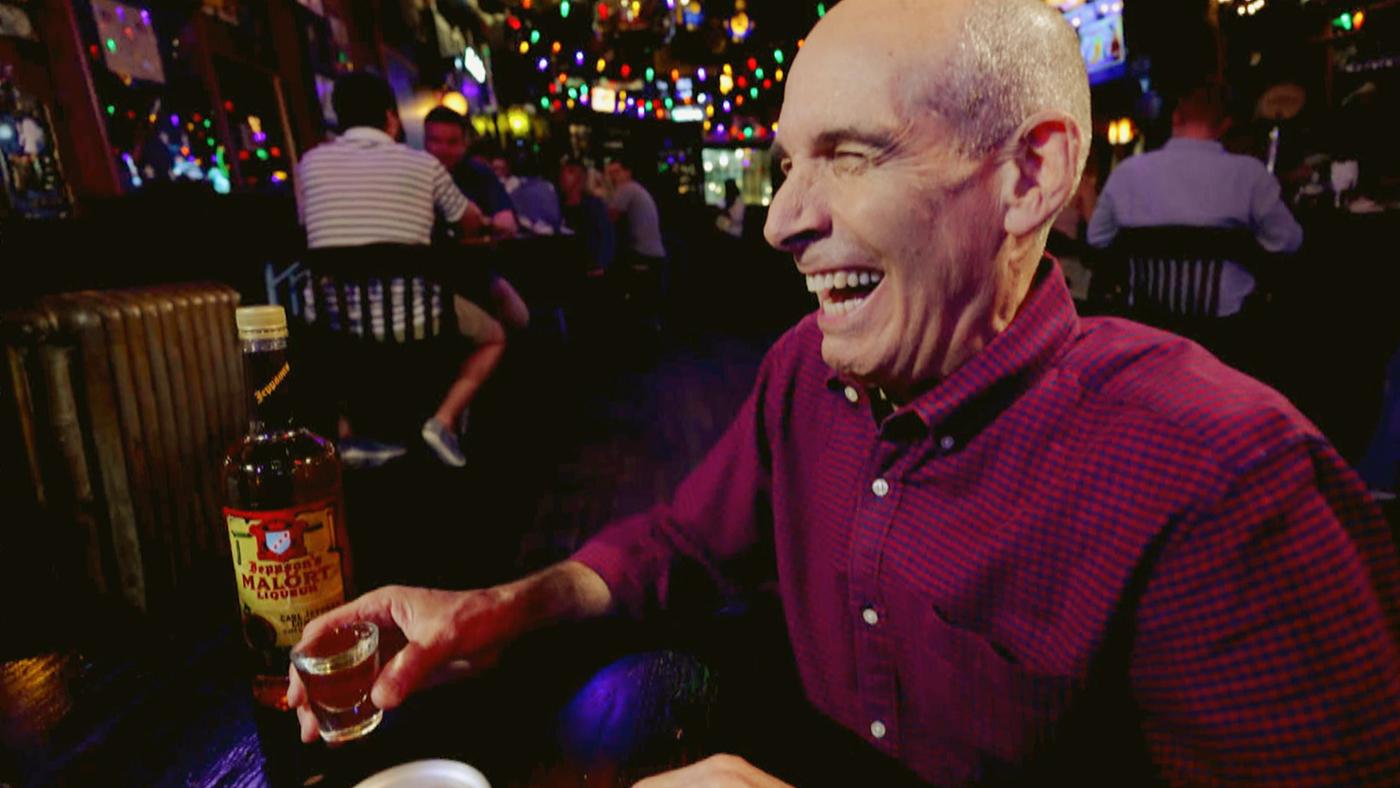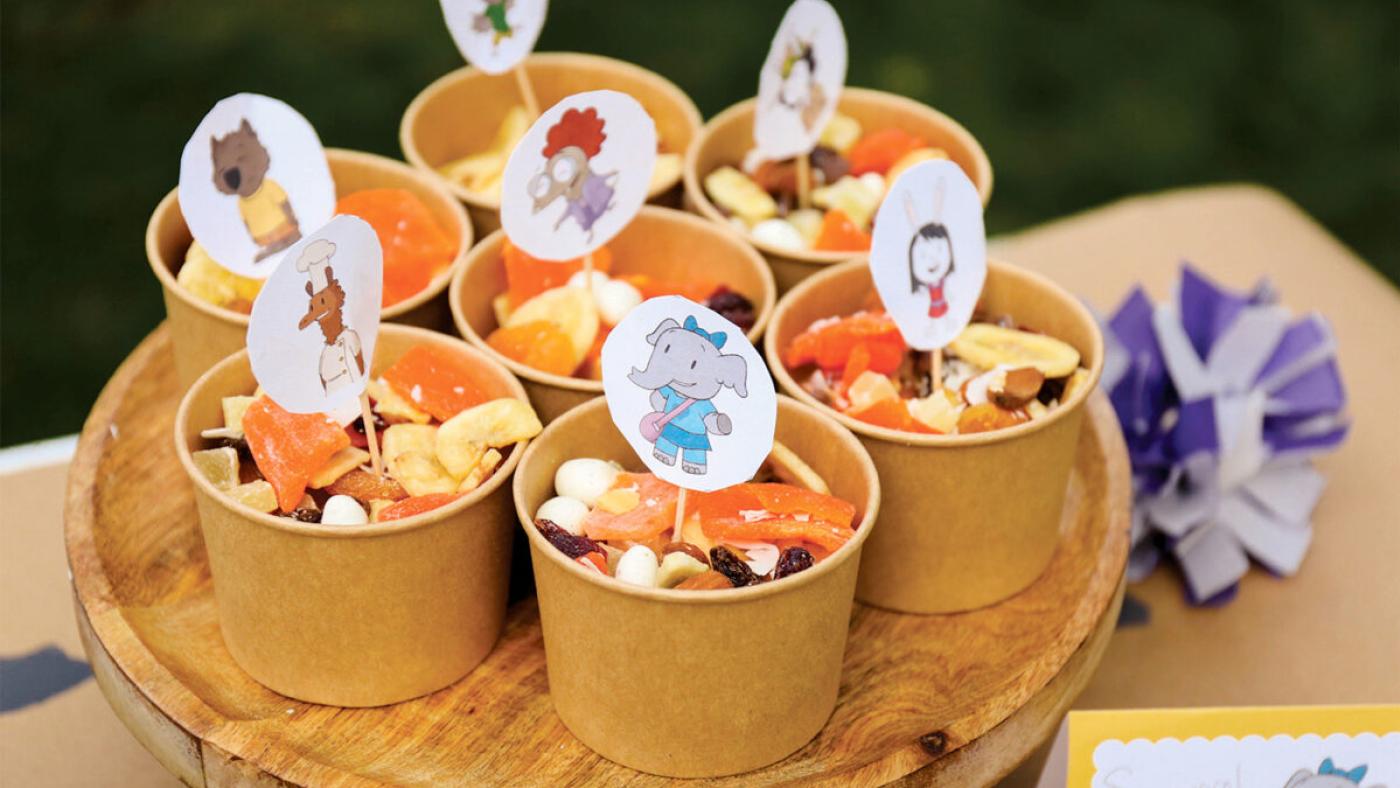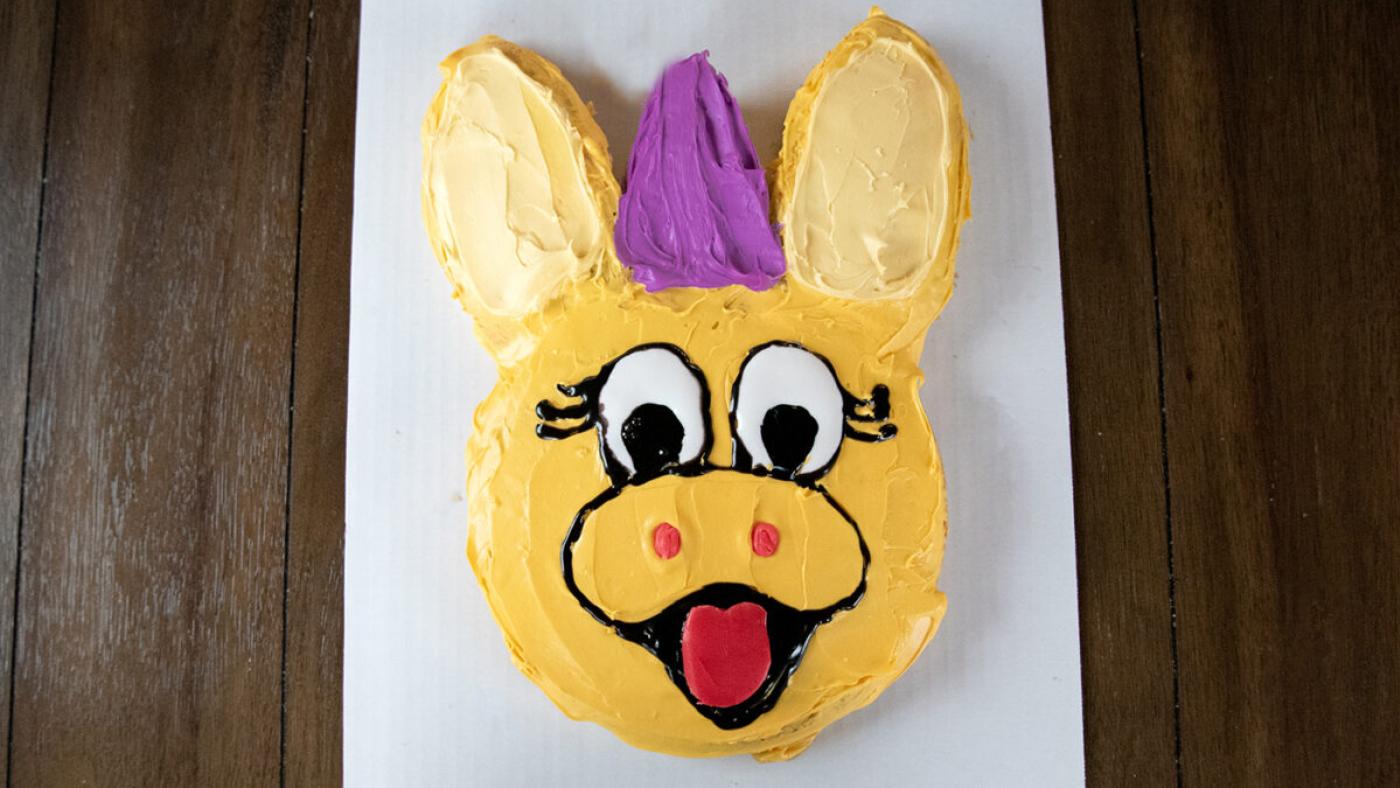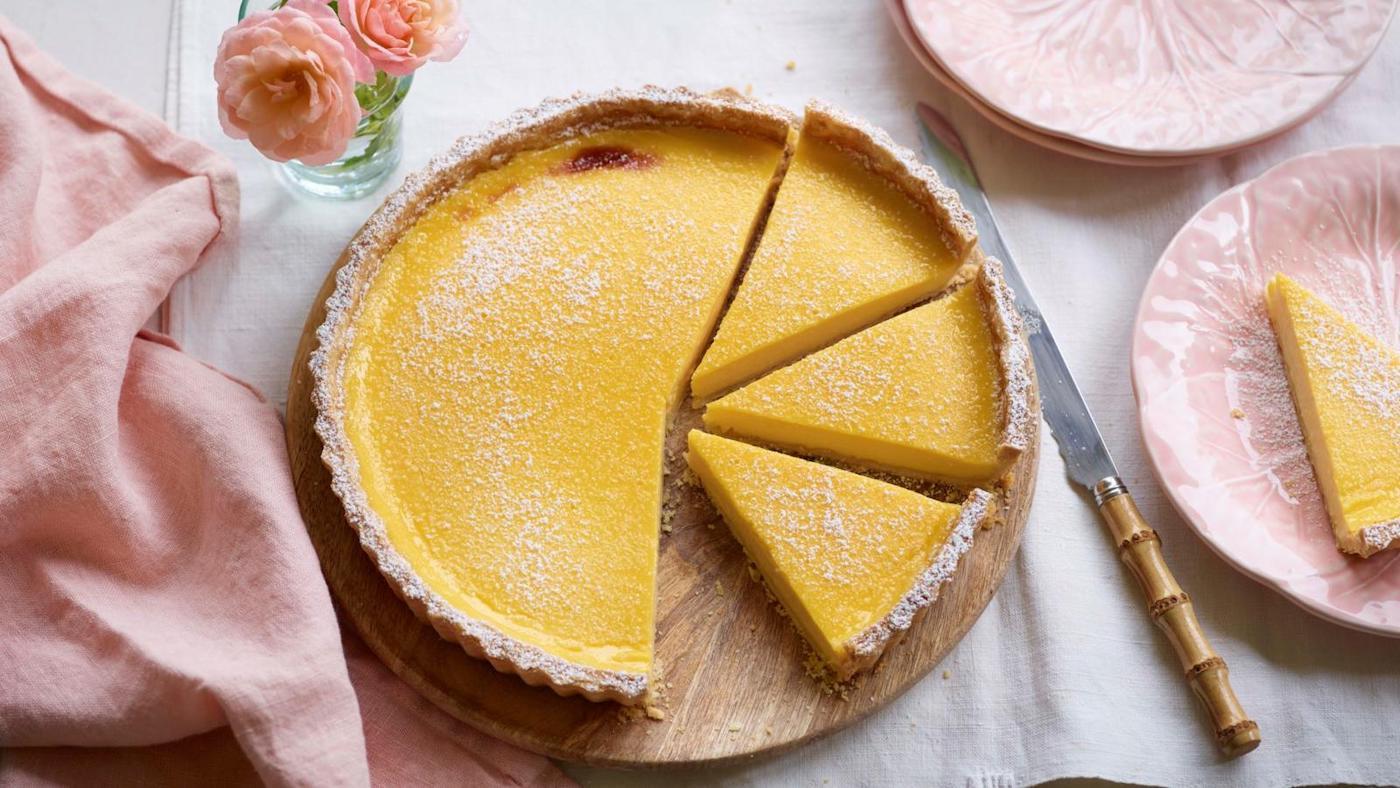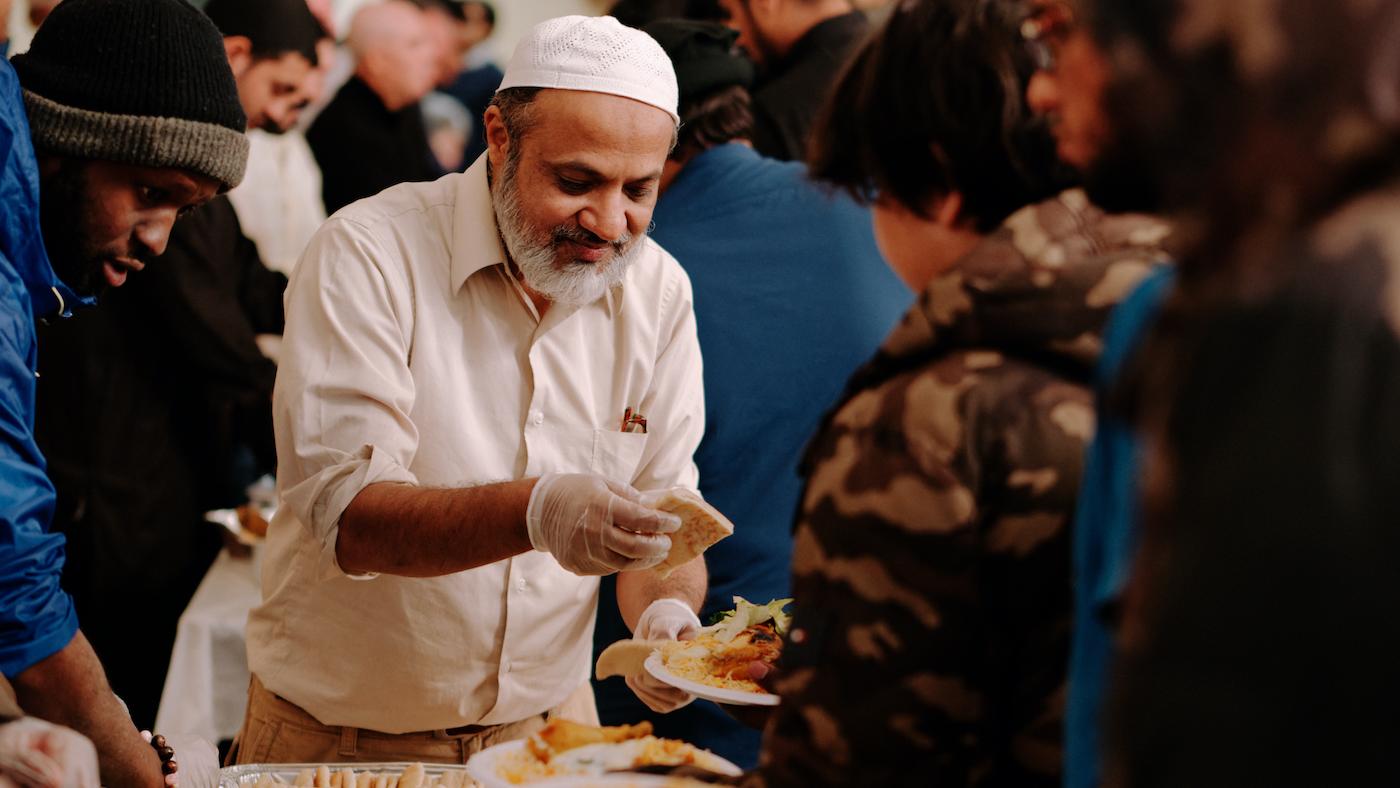How a Father and Son Bonded Through Food and Wrote a Chinese Cookbook Together
Daniel Hautzinger
October 25, 2023
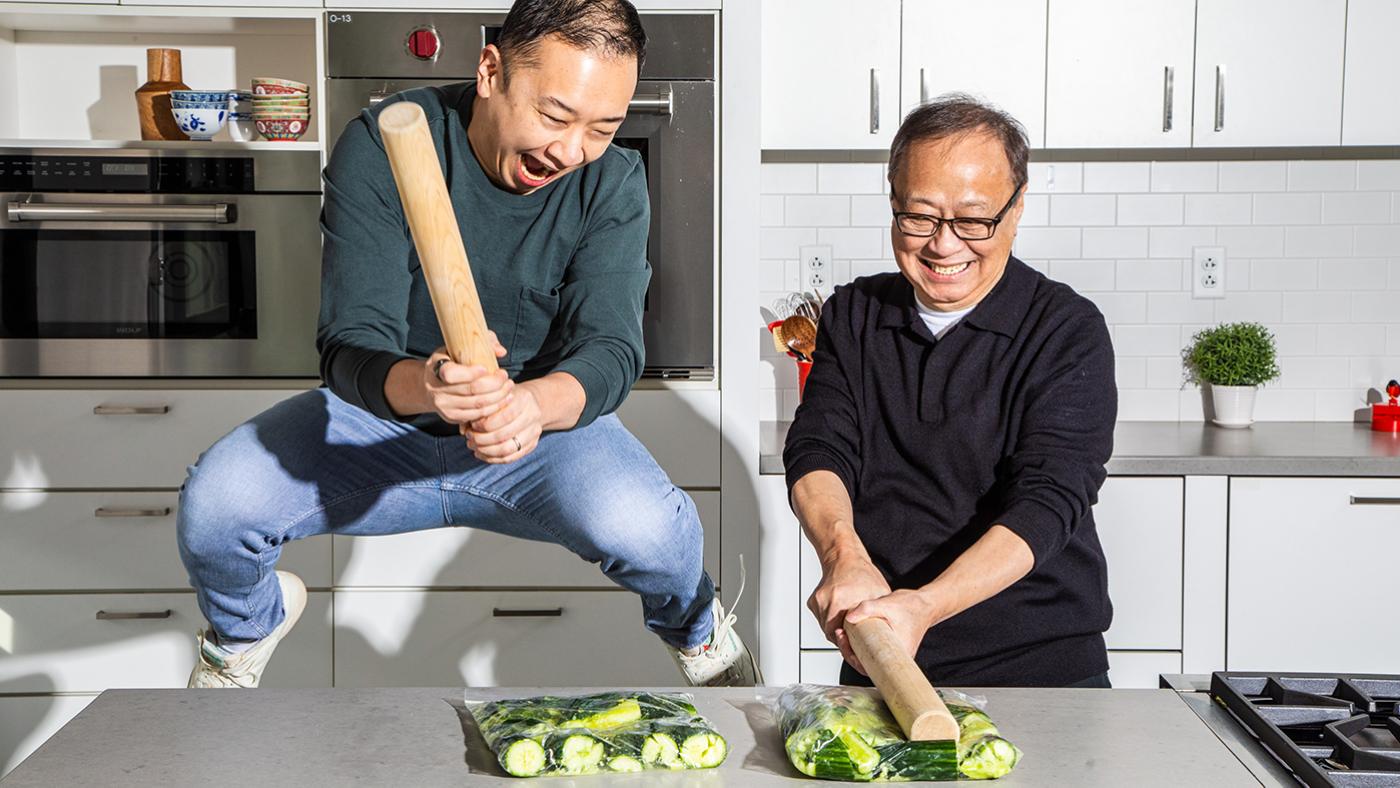
Get more recipes, food news, and stories by signing up for our Deep Dish newsletter.
For years, Kevin Pang’s relationship with his father Jeffrey consisted mainly of brief phone exchanges of small talk or arguments over minor grievances in person. Now the pair work together intimately, co-hosting a popular YouTube series and co-writing a book. What brought them closer?
Food.
“When I became a food writer and I started to have these questions about certain foods and dishes that I had never heard of in the Chinese culinary canon, it was like I had unleashed something from within my parents, that they suddenly became this wellspring of knowledge and wisdom,” Pang recalls. “Suddenly, our two-minute talks were half an hour.”
Pang is currently the editorial director of digital for America’s Test Kitchen, through which he and Jeffrey have just published A Very Chinese Cookbook: 100 Recipes from China and Not China (But Still Really Chinese). The release will be celebrated in the Chicago area with an October 26 event hosted by Bookends & Beginnings at Nichols Concert Hall in Evanston that will feature Pang in conversation with the legendary Rick Bayless.
Back when Pang first started writing about food, however, he was a metro reporter at the Chicago Tribune. He planned to work his way up to become a foreign correspondent or maybe a bureau chief in an international city, but a food-centric opening appeared on the features desk and he decided to take what he figured was a rare opportunity. It was then that he started to ask his parents about the Chinese dishes he had grown up eating at home.
Pang was born in Hong Kong and lived there until age six, when he and his family began moving around North America. (His parents now live in Seattle, while he has been in the Chicago area for some twenty years.) When he was a kid, the dishes his parents cooked were “just sustenance.” But when he later learned about all the techniques and intricacies of Chinese cooking, “the food that I ate and took for granted became really, really delicious, and that was really, really meaningful for me,” he says.
His parents suspected that such appreciation and nostalgia might eventually kick in, and so began making lo-fi YouTube videos to record their recipes. They were “afraid that if you wanted to eat your childhood dishes, and one day we’re both no longer around, you wouldn’t know how to cook it,” Jeffrey told Kevin, as Kevin recounted in a piece in the New York Times called “My Father, the YouTube Star.”
The videos did become something of a sensation: the most popular, for Chinkiang-style spare ribs, currently has over half a million views. Catherine, Kevin’s mom, demonstrates the recipes while Jeffrey films. They test each recipe several times before producing the video, to ensure they are effectively capturing what they do by instinct or memory in the kitchen.
Now Kevin and Jeffrey have expanded on those rudimentary videos under the aegis of America’s Test Kitchen. Their YouTube series, Hunger Pangs, is now in its third season. It demonstrates recipes in the America’s Test Kitchen style, in addition to offering tips on gear and techniques useful for Chinese cooking. Whereas the elder Pangs tried out recipes a few times, America’s Test Kitchen test cooks rigorously alter variables and tweak recipes over weeks to make them as delicious and foolproof for the home cook as possible.
A Very Chinese Cookbook takes some of those Hunger Pangs recipes and adds many more, to allow home cooks an inroad into the vast world of Chinese cuisine.
“We just want to say, ‘Hey folks, the water is warm, it’s easier than you think,’” Pang says.
There are dishes as easy as a 15-minute cold sesame noodle (try the recipe) or as complicated as Xiao Long Bao, or soup dumplings, which have a detailed, six-page recipe illustrated with photos. (The recipes are ranked in terms of difficulty, so you won’t accidentally choose an hours-long project for a weeknight meal.)
“It is meant to be a friendly, accessible guide that doesn’t compromise,” Pang says of the cookbook. “I don’t want people to conflate accessible with reductive.”
The 100 recipes are only a small sampling of Chinese cuisine, with its regional distinctions and ethnic influences. They’re simply some of Kevin’s and Jeffrey’s favorites. “It’s like writing a book about European cooking,” Pang says. If they tried to be comprehensive, they’d end up with a “3,000 page book.”
They did try to include “certain recipes that I rarely see in an English-language Chinese cookbook,” Pang says, like those Xiao Long Bao, which Pang dreamed of America’s Test Kitchen developing from his very first day there, three years ago. They also included American Chinese classics like General Tso’s Chicken, which Pang might once have scoffed at.
“Over the many years, I’ve really come to accept that authenticity is from the perspective of the person who experiences it,” he says. “If you grew up in Hong Kong, as I did, and you had Chinese food, it is completely different from the Chinese food that you would have in Shanghai, and it’s completely different from the Chinese food you would have if you were Chinese American and grew up in Chicago… The word ‘authenticity’ does not appear once in this book.”
“And frankly, American Chinese food is just dang delicious,” he adds.
For those seeking exceptional American Chinese food in Chicago, he suggests Chef’s Special; the egg roll in A Very Chinese Cookbook is his attempt to replicate the egg roll served there. For the kind of Cantonese food he grew up with, he recommends Jade Court in Hyde Park, while Shanghai Terrace in River North offers the “most exquisite fine-dining Chinese in the Midwest.”
That range of restaurants only hints at the variety of Chinese cuisine, the breadth of which is becoming more and more available in America – including in home kitchens, thanks to books like A Very Chinese Cookbook. The recipes in it, honed by America’s Test Kitchen test cooks, offer a taste of Chinese kitchens across the world – including in America itself.
“We were completely blown away by the taste memories that those recipe tests evoked,” Pang says of himself and his parents. “I can say this unequivocally: if you’re able to follow the instructions faithfully, you will replicate exactly as it tastes in Hong Kong, in Vancouver, in Chicago Chinatown.”

